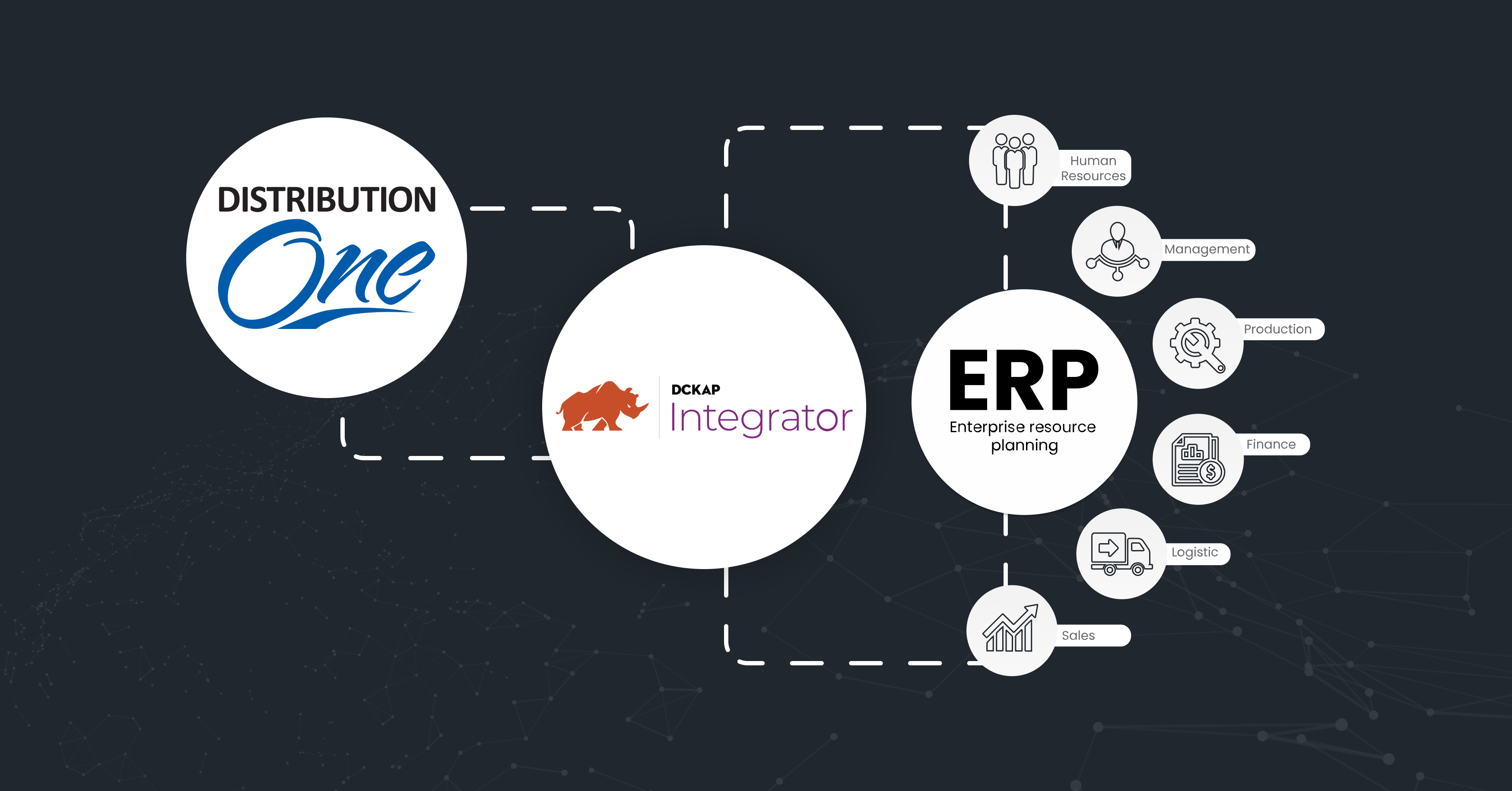
March 7, 2025
Understanding HubSpot NetSuite Integration [+Methods]
Connecting your marketing automation platform/system to your CRM is the key to getting…
RESOURCES









No Spam. No Politics. No Fluff. No Noise.